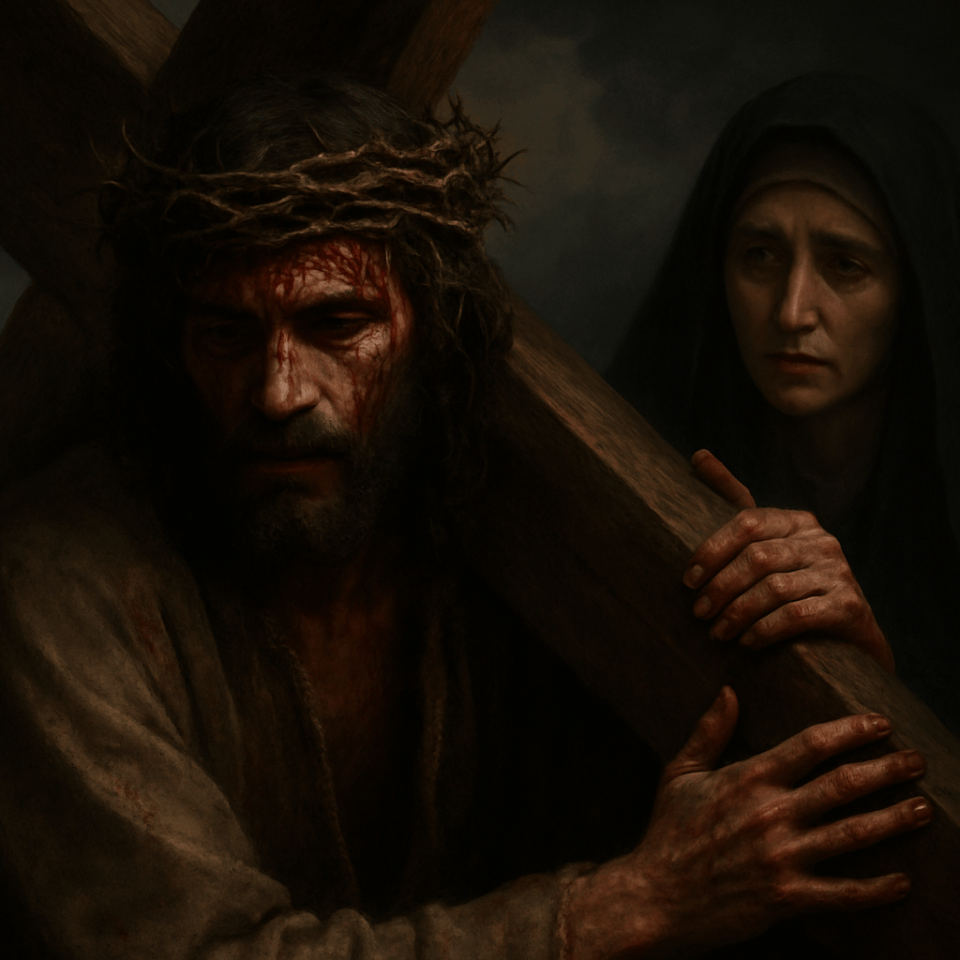A New Perspective on The Passion of the Christ
After years without watching The Passion of the Christ by Mel Gibson, I recently revisited the film. This time, it was different — I experienced it through the eyes of someone who had rediscovered the Catholic faith.
No longer just a movie, it became a profound spiritual encounter. Once, Holy Week meant little to me. Now, every moment of Christ’s suffering portrayed in the film resonates deeply.
The Omission of Isaiah 53: A Startling Discovery
One major difference in the Netflix version is the removal of the opening prophecy from Isaiah 53. In the original movie, it begins with
“But he was pierced for our transgressions, crushed for our iniquities. The punishment that brought us peace was on him, and by his wounds we are healed” (Isaiah 53:5).
This omission raises important questions about how modern platforms handle faith-based content. For believers, Isaiah 53 is essential for understanding the sacrifice of Christ.
A Spiritual Reaction to Christ’s Suffering
From Gethsemane to Golgotha, every scene in The Passion of the Christ offers a brutal, unfiltered view of Jesus’ sacrifice.
- Gethsemane: Christ’s agony captures the reality of suffering for humanity’s salvation.
- The Betrayal of Judas: The cost of betrayal is vividly portrayed.
- The Scourging: Perhaps the most shocking part, echoing the prophecy “By his wounds we are healed” (Isaiah 53:5).
Some artistic elements, such as the depiction of Satan and certain scenes of Mary, are inspired by Catholic tradition and mystical visions — particularly those of Blessed Anne Catherine Emmerich. They emphasize spiritual truths even if they are not strictly literal to the Gospel accounts.
Mary’s Silent Suffering: A Sword Piercing Her Heart
One of the most heart-wrenching parts of the film is seeing Mary witness her Son’s torture.
Luke’s Gospel foretells this suffering:
“And a sword will pierce your own soul too” (Luke 2:35).
Even though Scripture does not detail every moment, the portrayal of Mary’s silent agony powerfully reflects her participation in Christ’s redemptive suffering.
Redemption Misunderstood by the World
As Jesus is mocked on the cross, we hear the words:
“Destroy this temple, and I will raise it again in three days” (John 2:19).
The crowd misunderstands. They cannot see that Christ is speaking of His body — the true temple — that will rise again on the third day. This scene reminds us how easily truth can be distorted when spiritual eyes are blind.
The Cross: An Invitation to Share in Christ’s Love
Through The Passion of the Christ, we are invited to walk the Way of the Cross alongside Jesus. The movie faithfully includes elements cherished by Catholic tradition, such as:
- Simon of Cyrene helping Jesus carry the cross.
- Veronica wiping Jesus’ face (a beautiful symbol of compassion).
- Mary’s constant presence despite her overwhelming pain.
These scenes remind us that salvation came through suffering freely accepted in love:
“Greater love has no one than this: to lay down one’s life for one’s friends” (John 15:13).
Conclusion: A Deep Spiritual Awakening
Watching The Passion of the Christ after my Catholic faith conversion has been life-changing.
Once, I would have simply seen blood, violence, and cruelty. Today, I see love, mercy, and sacrificial redemption.
We do not deserve such love — but Christ offered it freely.
If you have never watched this movie with a heart open to faith, I encourage you to do so. It is not just a film; it is a powerful invitation to encounter the Crucified and Risen Lord. That encounter can transform your life forever.
Sources:
The Dolorous Passion of Our Lord Jesus Christ by Blessed Anne Catherine Emmerich.
The Jerusalem Bible, Catholic Edition.
Catechism of the Catholic Church, §§ 571-618.



